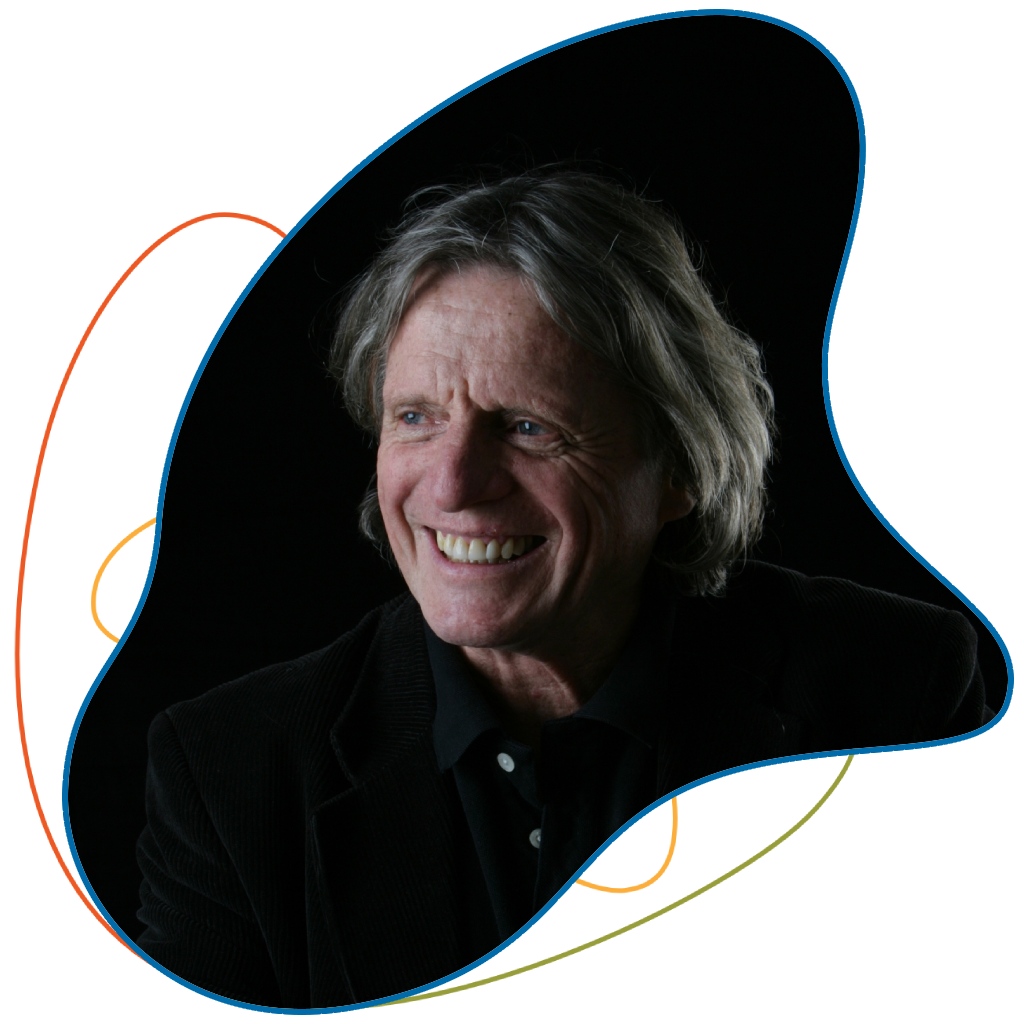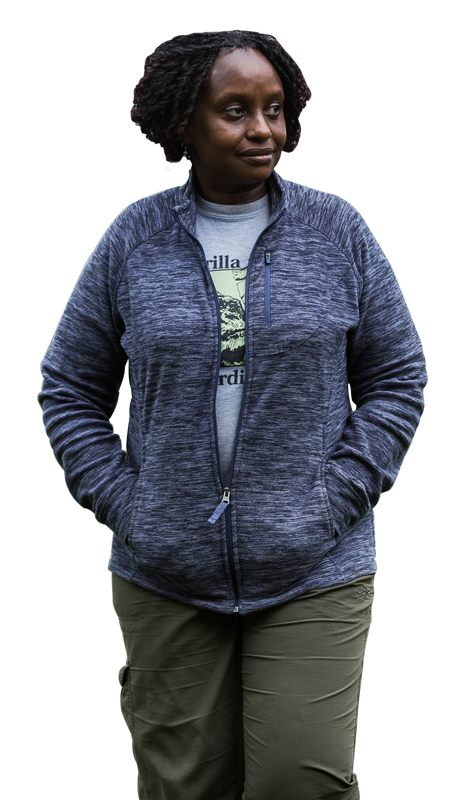
Martin von Hildebrand
Profile
Martín von Hildebrand is the founder and general director of Fundación Gaia Amazonas in Bogota, Colombia. Fundación Gaia Amazonas works at the intersection of forest conservation, climate change and indigenous rights, building capacity for local indigenous governance and alliances for inter-institutional collaboration. Von Hildebrand has pioneered a new paradigm for Amazon conservation in Colombia, embracing indigenous peoples’ rights and traditional knowledge, as he seeks to create the world’s largest eco-cultural, sustainable development corridor, the Andes Amazon Atlantic Corridor.
Raised in Colombia and educated in Ireland and France, von Hildebrand first ventured into the Amazon in 1972 and lived for 6 years with the indigenous people. In the 1980s he joined the Colombian government and, as director of indigenous affairs, was instrumental in securing indigenous territorial rights to more than 20 million hectares of the Amazon. His depth of experience in the region underpins his work coordinating the Andes Amazon Atlantic Corridor initiative which aims to safeguard the region’s cultural and biological diversity and encourage sustainable development models. Learn more

